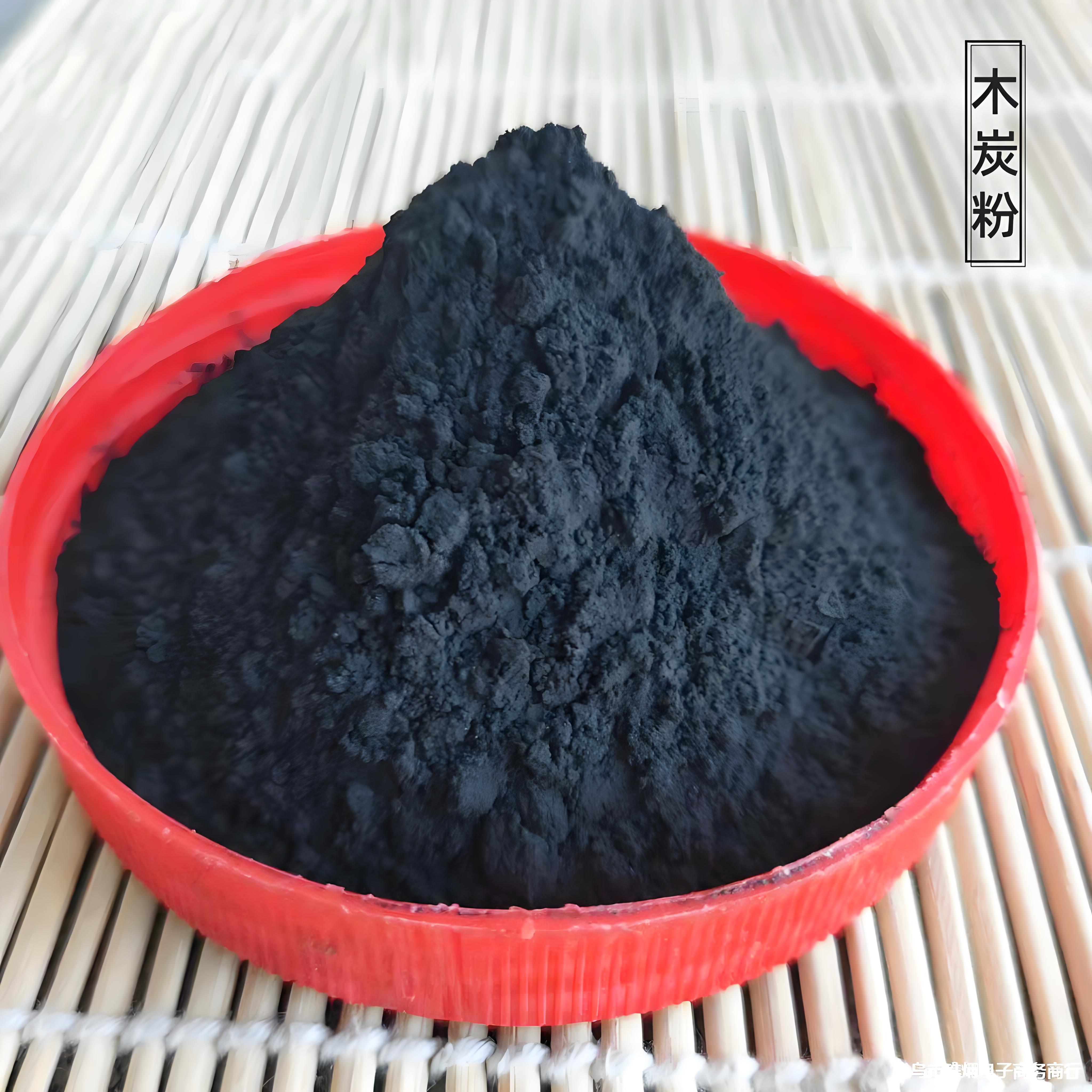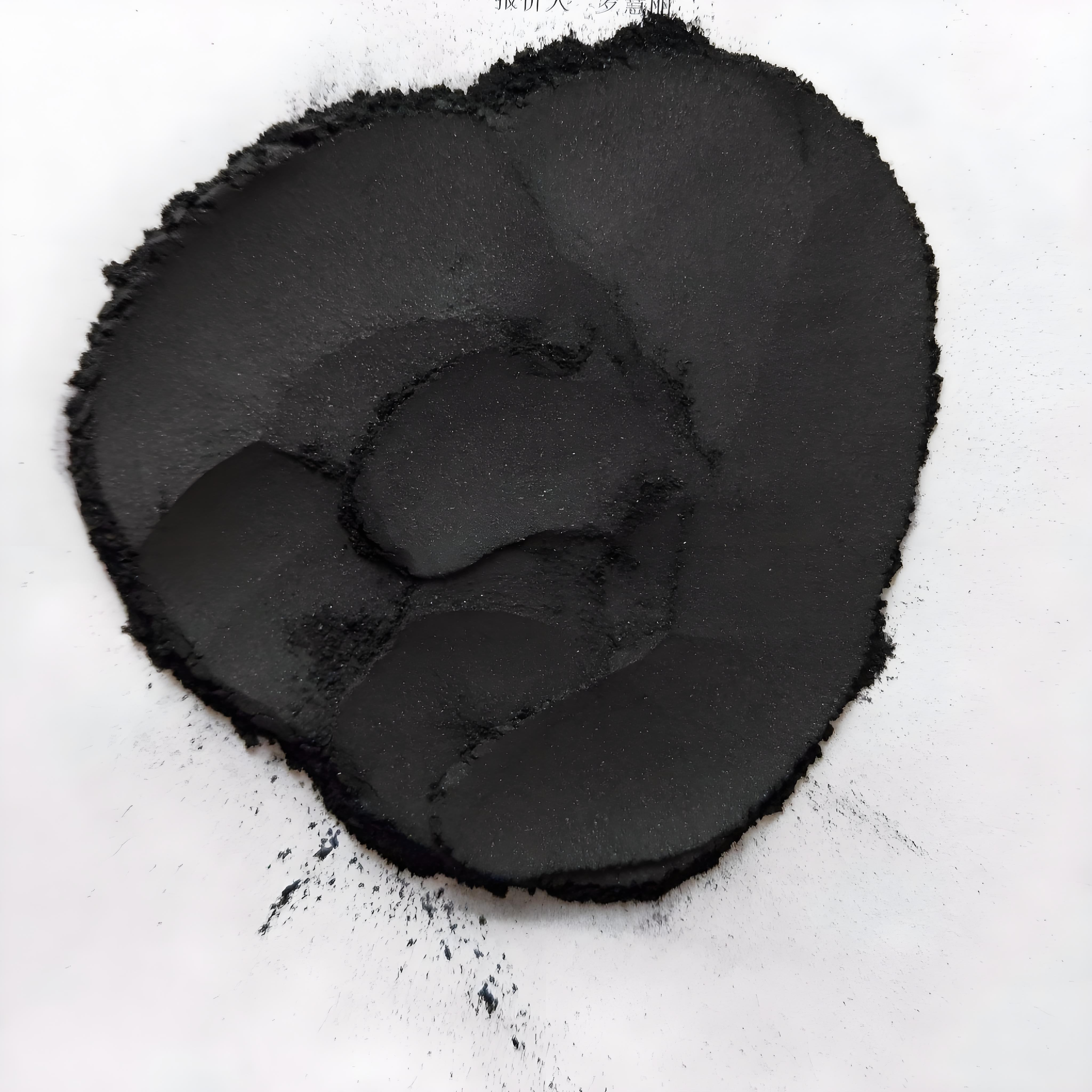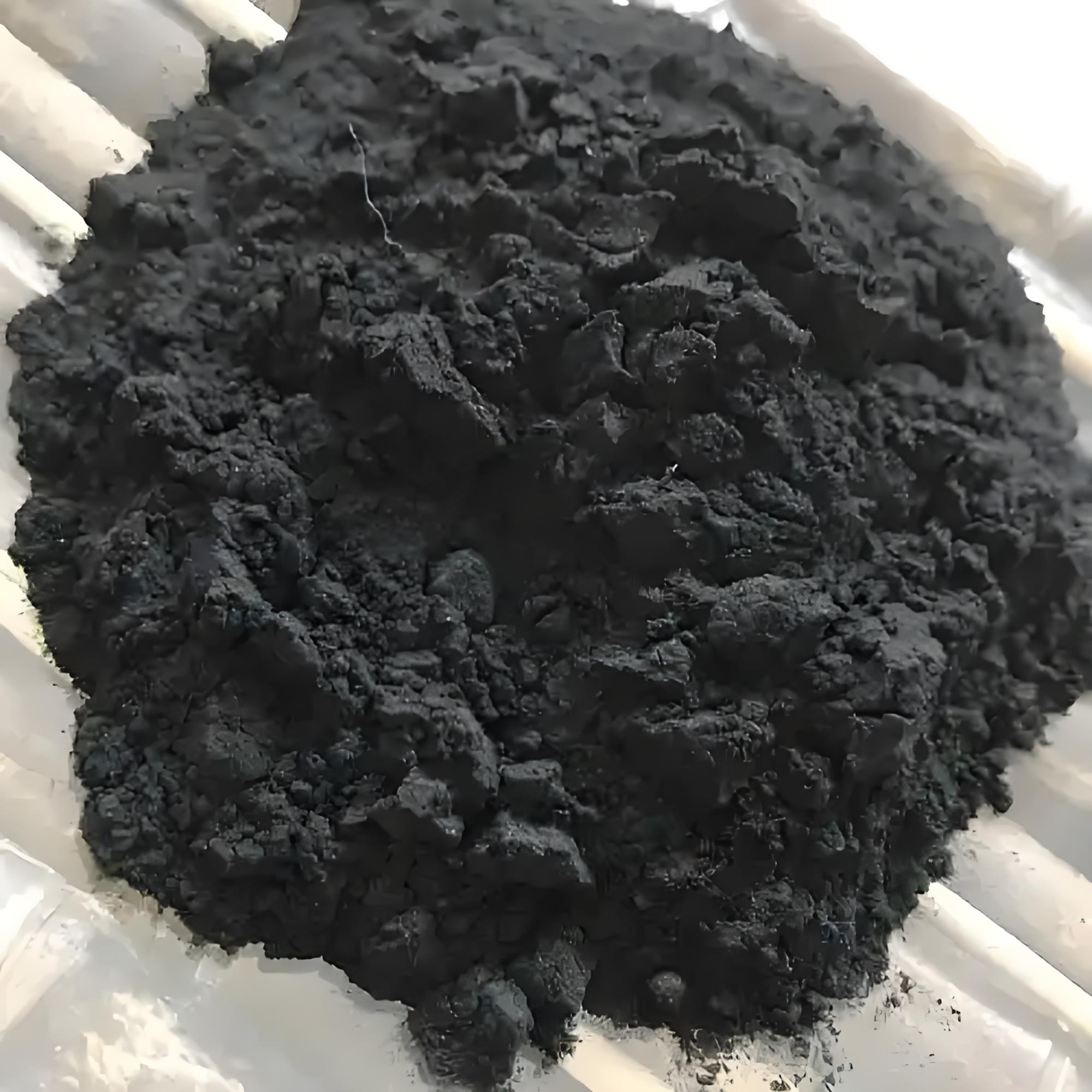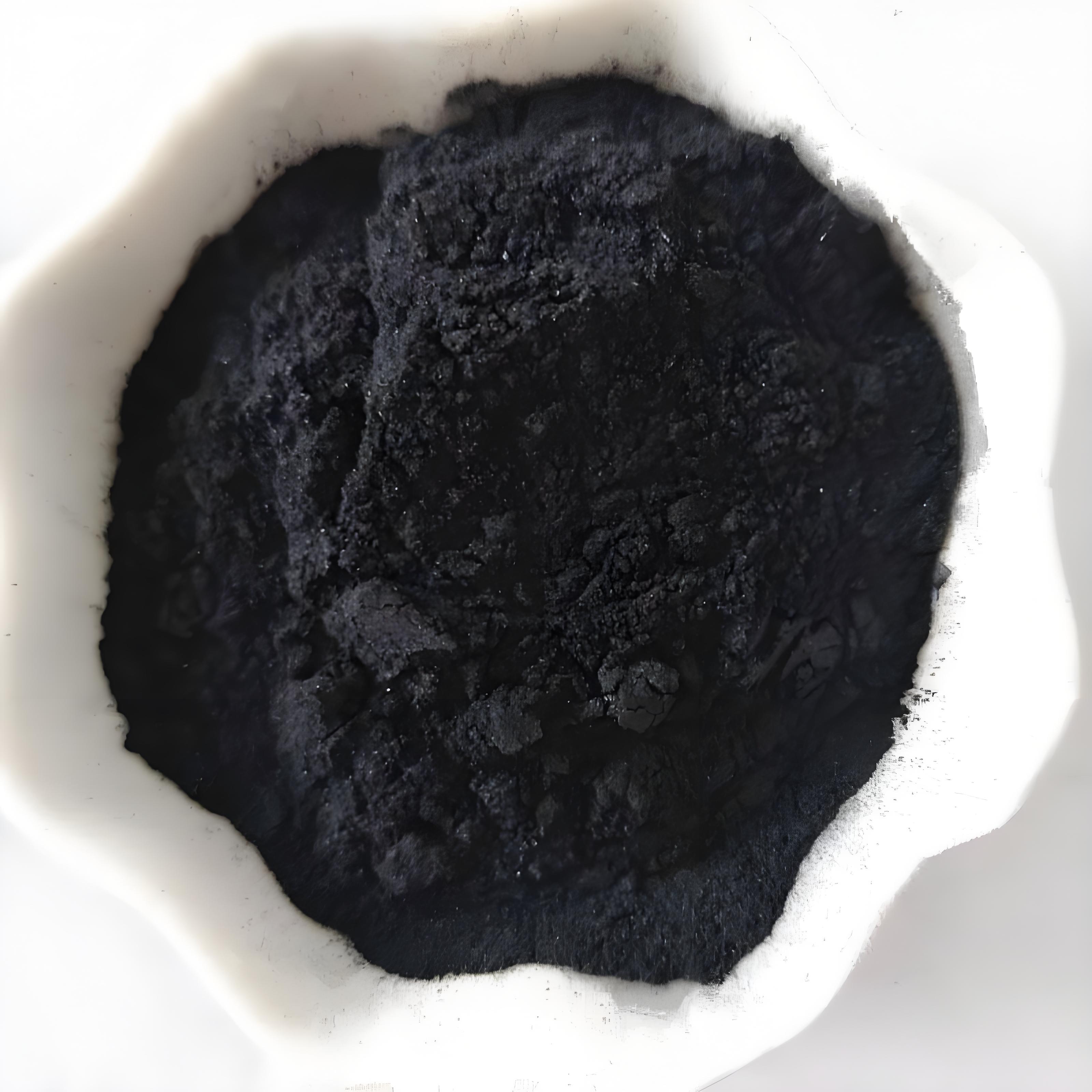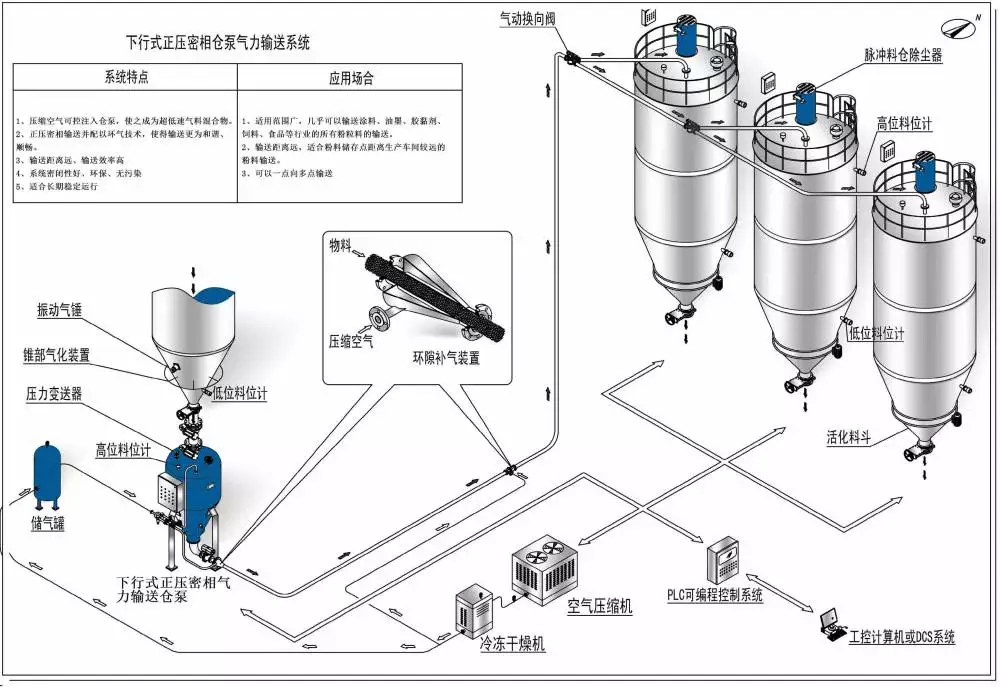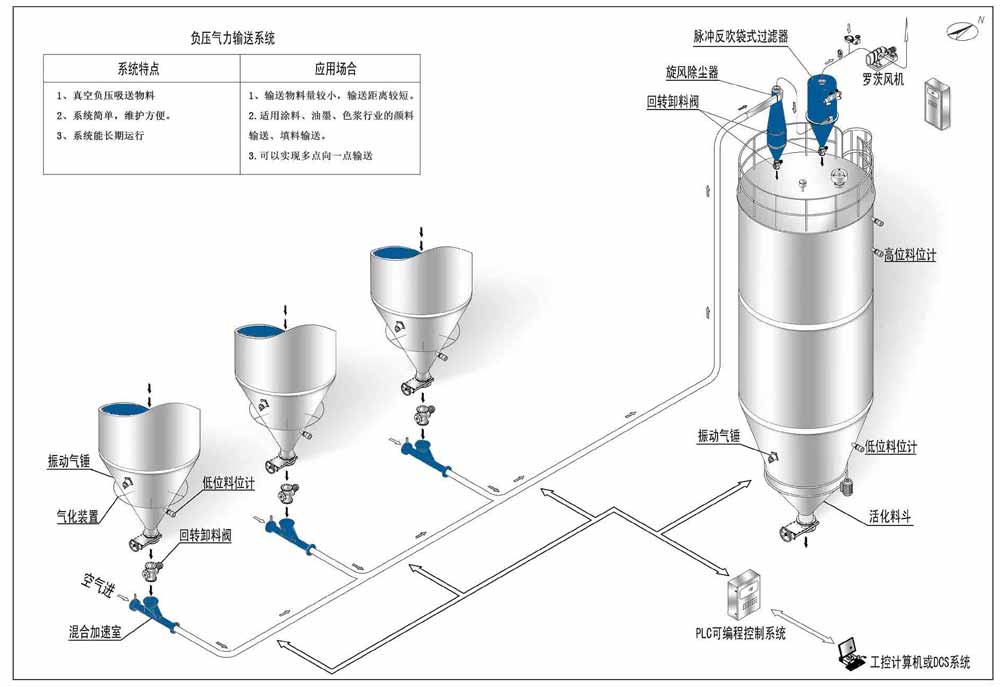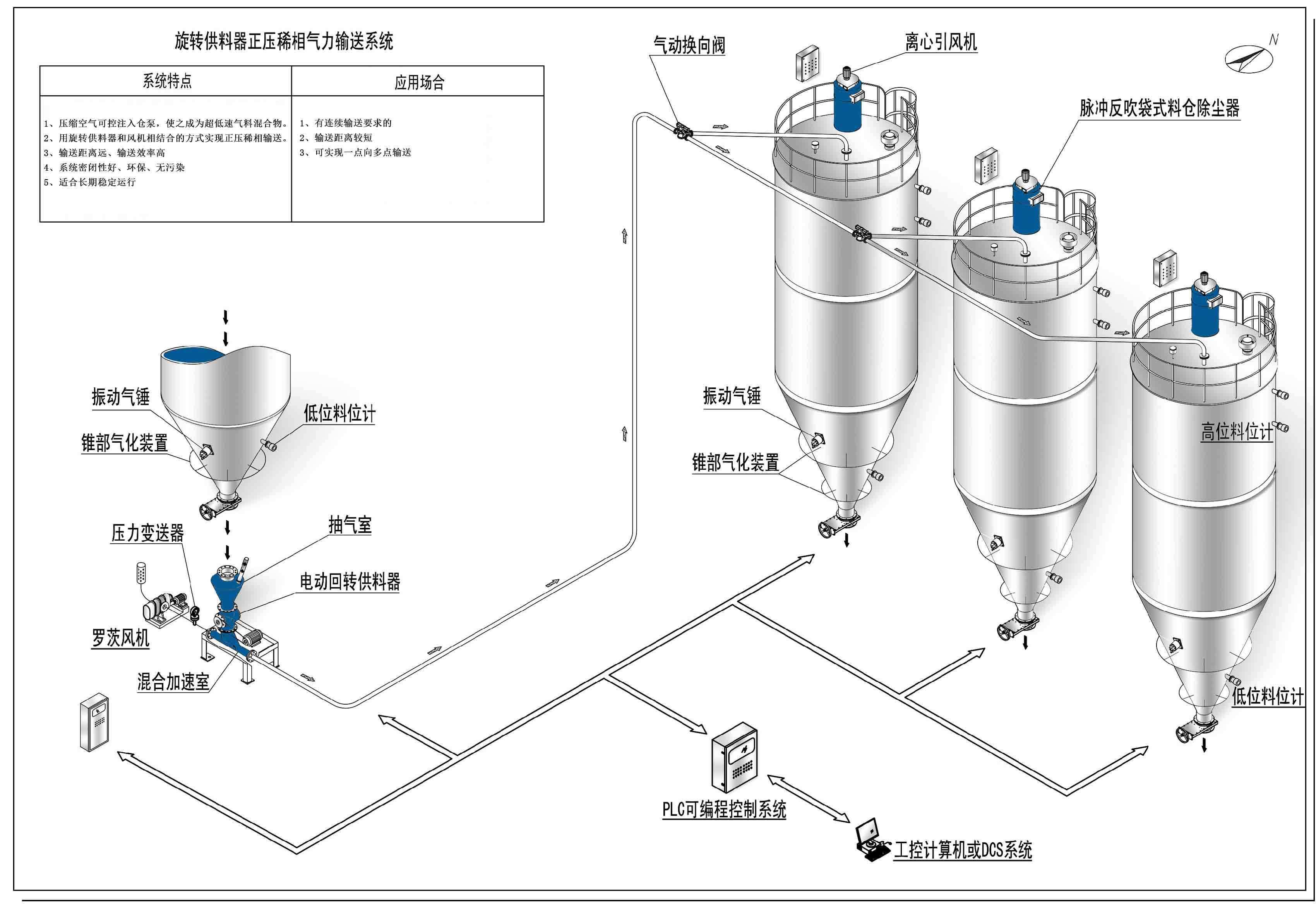Charcoal pneumatic conveying
Shandong Dongkai can provide turnkey projects such as process demonstration, design, equipment production, equipment installation, and system debugging for charcoal pneumatic conveying systems based on the actual production and usage site layout of charcoal materials.
Charcoal, a fuel name. It is the dark brown or black porous solid fuel remaining from incomplete combustion of wood or wood raw materials, or pyrolysis under isolated air conditions.
Physical and chemical properties:
The main component of charcoal is carbon, with low ash content and a calorific value of approximately 27.21-33.49 megajoules per kilogram. In addition, there are hydrogen, oxygen, nitrogen, and small amounts of other elements. The content of these elements is not related to the tree species, but mainly depends on the final carbonization temperature. Charcoal belongs to hydrophobic substances, with an ash content of less than 6%, pores accounting for more than 7% of the volume of charcoal, and a specific gravity of generally 1.3-1.4. The heat generation depends on the carbonization conditions, generally around 8000 kcal/kg, and the reducing ability of charcoal is greater than that of coke. Charcoal has a large number of micropores and transition pores, which not only have a high specific surface area, but also have good adsorption performance after tar substances are removed from the pores. Complete combustion with oxygen produces carbon dioxide, while incomplete combustion produces toxic gas carbon monoxide. Relatively loose.
